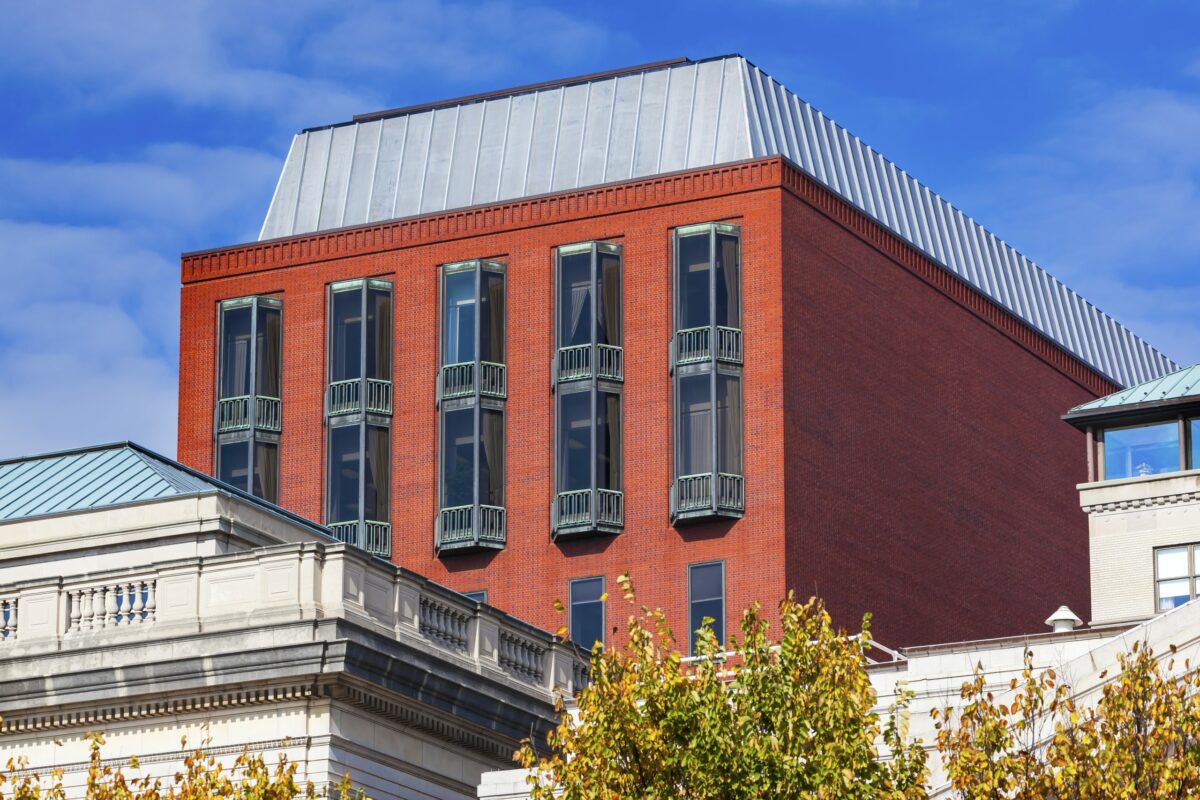The UK Supreme Court Confirms That AI Cannot Be the “Inventor” for a UK Patent Application | Locke Lord LLP
On 20 December 2023 the UK Supreme Court handed down its judgment in the long-running saga of the DABUS patent applications in the United Kingdom. Whilst the judgment is in essence confined to the interpretation of “inventor” under the Patents Act 1977 (the “Act”), and not a broader policy debate on whether inventions devised by artificial intelligence (“AI”) alone should be patentable as such, it will no doubt continue to fuel the debate as to whether the law needs to be revisited to take into account the increasing use – and capabilities – of AI.
Background
The applicant for the patents in question, Dr. Thaler, had applied for patent protection in 2018 for two inventions he claimed were invented by a machine acting autonomously and powered by AI he developed called DABUS. When he was asked to file a statement of inventorship and an indication of his entitlement to the patent, which was a requirement under the Act, he maintained his claim that DABUS was the inventor, and that he derived his right to the application by virtue of his ownership of DABUS.
At first instance the Hearing Officer found that DABUS could not be regarded as an “inventor” for the purposes of the Act. Furthermore, DABUS had no rights to transfer to Dr. Thaler and as such he was not entitled to the patent application. The Hearing Officer also deemed the applications to be withdrawn as the inventor had not been identified with the specified period as required by Section 13(2) of the Act.
This decision was appealed unsuccessfully to the High Court, and again to the Court of Appeal, although in the Court of Appeal one of the judges, Birss LJ, dissented. The appeal to the Supreme Court concerned three issues: (1) the scope and meaning of “inventor” under the Act, (2) whether Dr. Thaler was entitled to own any invention made by DABUS, and (3) whether it was correct of the Hearing Officer to treat the applications as withdrawn.
Supreme Court judgment
The Supreme Court rejected the appeal, on each issue. It confirmed that that Sections 7(2) and 7(3) of the Act provide an exhaustive code for deciding the entitlement to a patent in the UK. “Inventor” is defined as “the actual deviser of the invention” (Section 7(3) of the Act). The Supreme Court considered that the ordinary meaning of the word “deviser” in this context is “a person who devises a new and non-obvious product or process (the invention) which… may be protected under the patent system”. There is no suggestion on the ordinary meaning of the words of Section 7 (or Section 13) of the Act that a machine could be an “inventor”; it was clear that it must be a natural person.
The Supreme Court went on to find that Section 7(2) of the Act provides a clear hierarchy of entitlement to the grant of a patent. The inventor (or joint inventors) are primarily entitled to the grant, and all other persons to whom a patent may be granted, such as employers, assignees, or successors in title, all derive their rights from the inventor (or joint inventors). DABUS was not a “person”, therefore not capable of being the “deviser” of the inventions and accordingly was not capable of being an “inventor” under the Act.
It followed from the conclusion on the first issue that Dr. Thaler could have no ownership of DABUS’s outputs. He sought to rely upon the doctrine of accession, which ascribes ownership of new tangible property produced by existing tangible property to the owner of the existing property. However, the Supreme Court found that there was no basis to apply this doctrine to “concepts for new and non-obvious devices and methods” rather than tangible property. The Supreme Court also affirmed the Court of Appeal’s interpretation of this doctrine.
Finally, having concluded that DABUS could not be an “inventor” under the Act, the Supreme Court agreed that the Hearing Officer was right to treat the application as being withdrawn as Dr. Thaler had failed to identify the person he believed was the inventor of the invention within the prescribed period as required by Section 13(2) of the Act.
Comment
Lord Kitchin, in delivering the judgment of the Supreme Court, stressed that the judgment was not to be viewed as addressing the wider issue of whether concepts and advancements created by AI, without any human intervention, should be patentable. Dr. Thaler intended these applications, and the applications he has filed in other jurisdictions, to be test cases and so he was clear from the outset that there was no human inventor. Therefore the issues were confined to the interpretation of the Act rather than a broader policy debate.
As Lord Kitchin noted, had Dr. Thaler claimed to have been the inventor, assisted by DABUS, the outcome may well have been different. It is hard to ignore that, on the face of it, AI seems to be able in all practical terms to devise inventions which meet the requirements for patentability in all respects other than the AI itself not being capable of being deemed an “inventor” under the Act. Proprietors of patents for inventions which were created with the assistance of AI may see the role of the “inventor” examined closely in future disputes, to see just how much assistance the AI tool provided.
Back in June 2022 the UK Government confirmed in its response to its Artificial Intelligence and Intellectual Property consultation (discussed in more detail here) that it did not consider it necessary to make any changes to the position as regards the requirement for a patent to have a human inventor, as most respondents felt that AI was primarily used as a tool by human inventors to aid innovation. This judgment, and the fact that AI has clearly reached the stage where it can “invent” without human intervention, is likely to be seized upon as demonstrating the need to consider again whether the patent system adequately incentivises innovation through the use of such technologies. Whilst the judgment provides certainty of interpretation of the Act, it maintains a degree of jeopardy for those seeking to innovate using AI.






